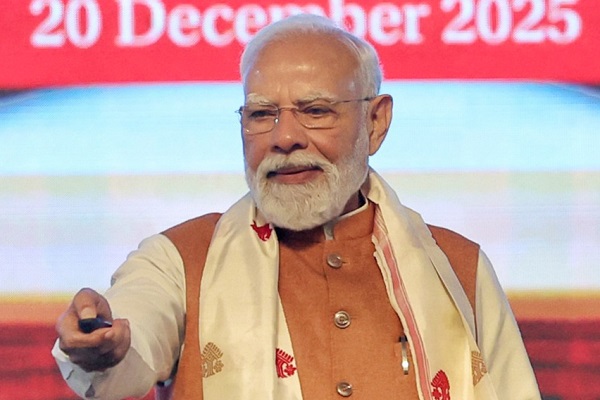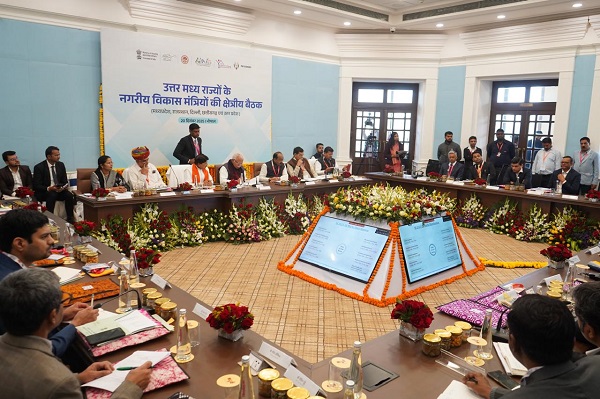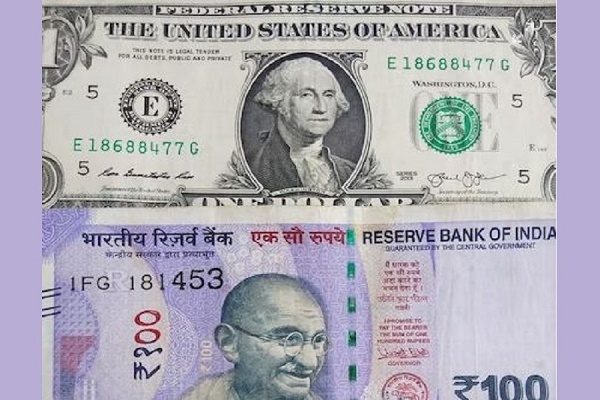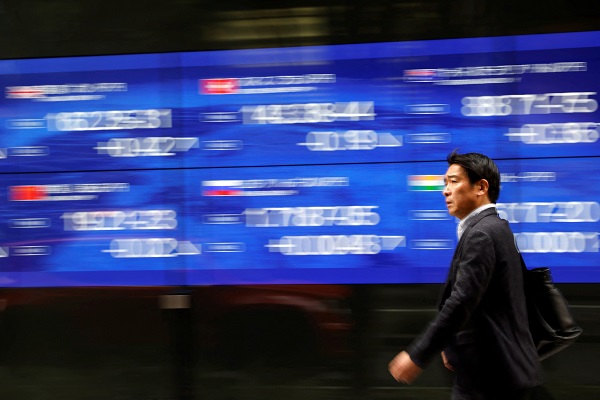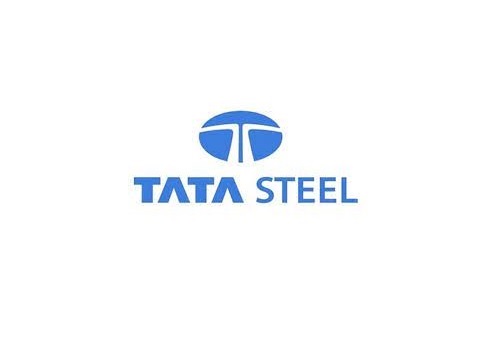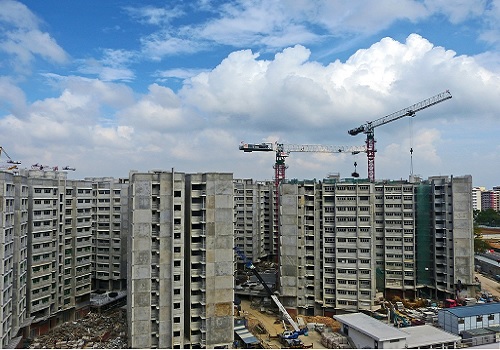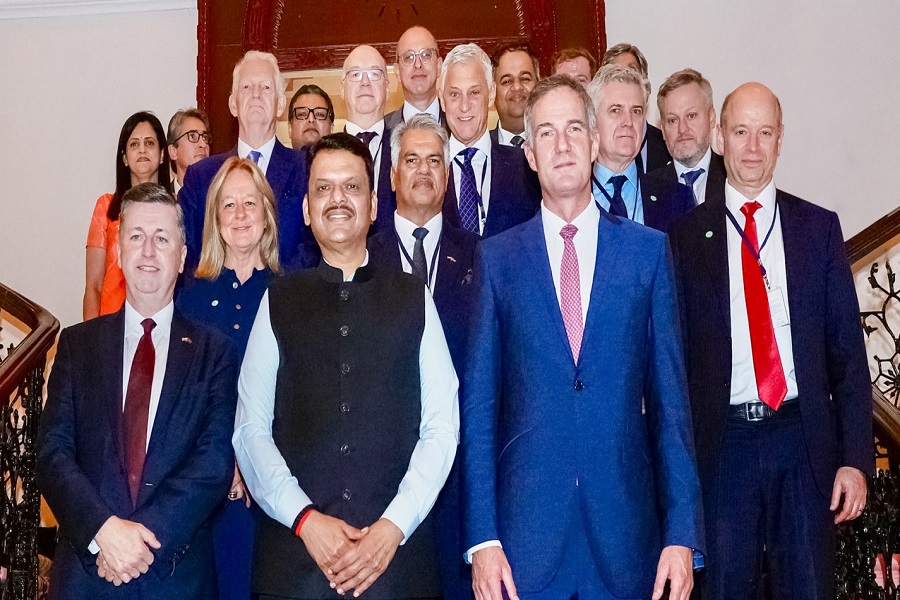Metals & Mining : Year-end production adjustment Elara Capital

China drags global crude steel production ~5% YoY
After witnessing YoY growth for the past two months, World Steel Association (WSA) data indicatesglobal crude steel production declined ~5% YoY to 135.7mn tonne in December. This contraction was primarily due to a sharp fall of ~15% YoY in China’s production as it attempted to restrict production to the past year’slevel. The Rest of the World (ROW) saw growth of ~6% YoY. Production was down ~6% MoM, dragged by a fall of ~11% and ~1% in China and ROW, respectively. Overall global crude steel production in CY23 remains flat YoY, with a steady trend in China and ~1% YoY growth in ROW. In December, India’s crude steel production rose ~10% YoY and ~4% MoM. As per provisional data, India’s crude steel production rose ~5% YoY and ~1% MoM in January.
Domestic steel prices remain weak in January
Steel prices showed a varied pattern in January with most major regions barring India witnessing MoM uptick. China registered ~1% MoM rise in exports prices of hot rolled coil (HRC), followed by North Europe up ~7% MoM, Japan up ~2% MoM and the US up ~4% MoM. Conversely, India saw another subdued month, as HRC prices declined ~2% MoM while primary long products pricesfell ~3% MoM. This decline was attributed to subdued demand, increased domestic supply, higher inventory levels, and availability of low-priced imported products. Current (February to date) domestic HRC prices are broadly flat MoM, but primary long product prices are up ~1% MoM vs January average. In January, iron ore prices in Australia and China declined ~1% MoM each. February to date, iron ore prices in China and Australia are down ~4% MoM and ~5% MoM, respectively. After announcing a price hike in early January, NMDC took another price hike of INR 400/tonne each for lumps and fines on 24 January 2024.
Mixed price trend for key non-ferrous metals
In January, a mixed pricing trend prevailed for major non-ferrous metals. Thus, prices of LME aluminium and LME zinc were up ~1% MoM each while LME lead prices were up ~3% MoM. Contrary to that, prices of LME copper and LME nickel fell ~1% MoM and ~2% MoM, respectively
Coal price fluctuations continue in January
In January, prices of coking and thermal coal registered a mixed trend. Coking coal prices in China were down ~2% MoM but up ~2% MoM in Australia. On the other hand, thermal coal pricesin China and South Africa declined ~3% MoM and ~8% MoM, respectively. February to date, coking coal prices in China and Australia are down ~2% and ~4% MoM, respectively, whereas thermal coal prices in China and South Africa are down ~1% MoM and ~4% MoM, respectively, vs the January average.
Our view: domestic steel prices likely to remain range-bound
Prices for long products may remain stable due to weak thermal coal prices, rising inventory, and subdued demand. However, higher input cost and likely lower production from China due to Lunar Holiday may result in uptick in flat prices. Aluminium prices, in the near term, are expected to have an upward bias, due to the Red Sea crisis and likely shutdown of Magnitude 7 Metals’ aluminium smelter at Marston in Missouri, the US, amid extreme cold weather conditions and persisting financial challenges. The smelter accounts for a third of all primary aluminium output from the US, which would further create supply-side issues, specifically in North America.
Please refer disclaimer at Report
SEBI Registration number is INH000000933




